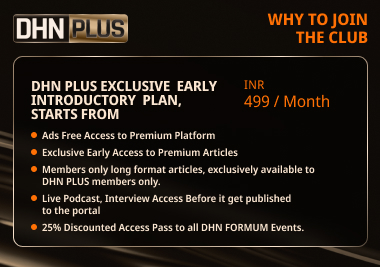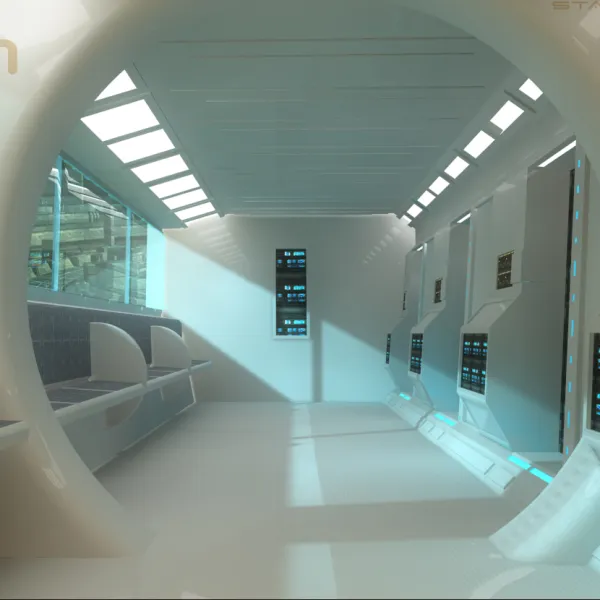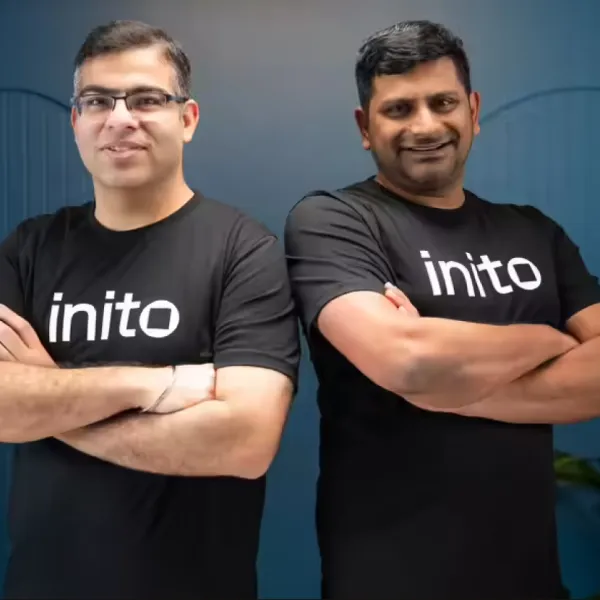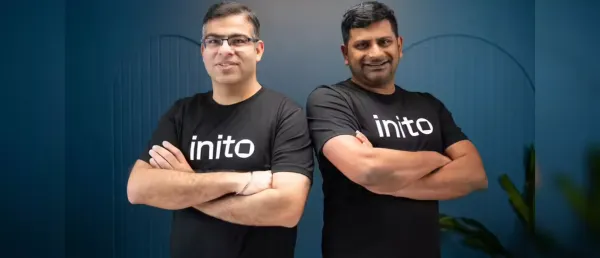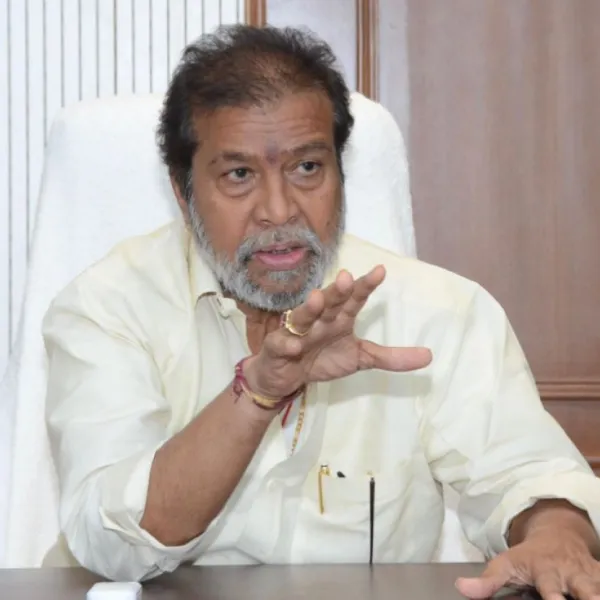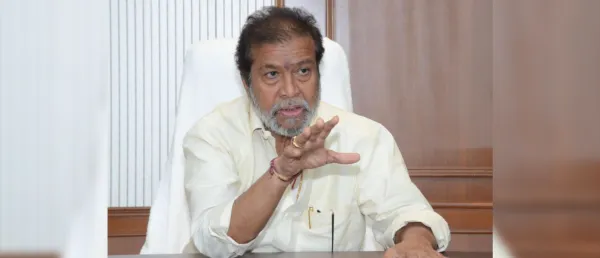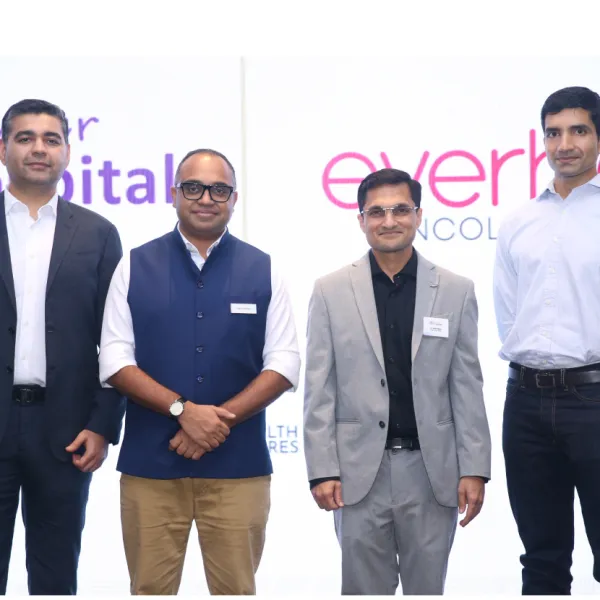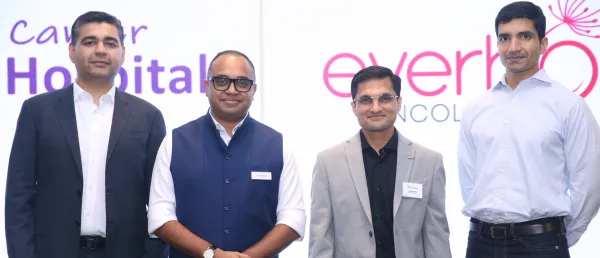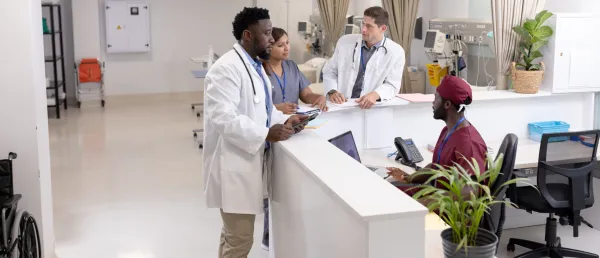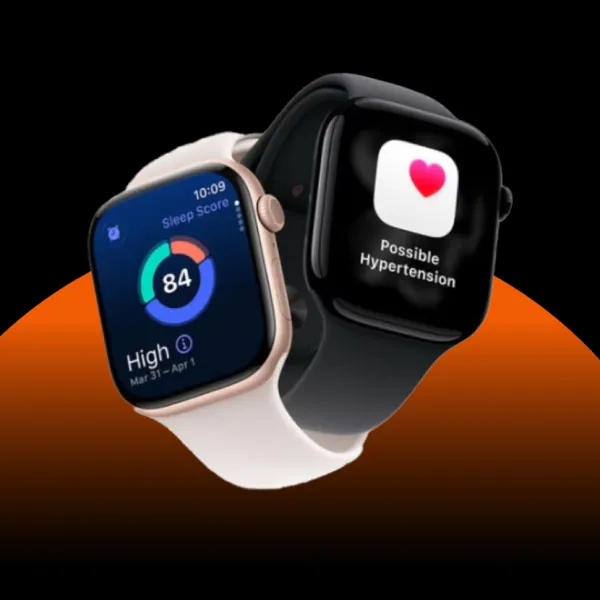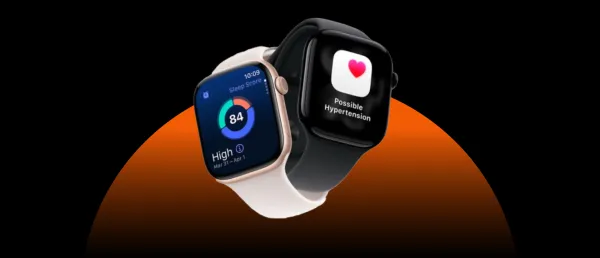Patient Experience Is the New Growth Engine: How Hospital Leaders Are Blending Tech, Trust & Personalization

In an era where consumer expectations are being shaped by hyper-convenient services like Blinkit and instant digital banking, healthcare is no longer insulated from these rising demands. This was the central theme explored during an insightful leadership panel titled ‘Happy Patient, Healthy Margin’, at DHN Forum Delhi where industry leaders unpacked how patient experience is no longer a soft metric but a core business strategy driving both health outcomes and hospital profitability.
Moderating the discussion, Vishnu Saxena, Founder and CEO of Digital Health News and ScaleHealthTech, framed the session by highlighting how the consumerization wave sweeping through sectors like retail and banking is now firmly at healthcare’s doorstep.
“We are into a hyper-consumerization world in other industries, minus healthcare. People are demanding convenience, access, and great experience from healthcare too,” Saxena noted.
The panel featured an impressive line-up of healthcare leaders: Dr. Anuj Tiwari, Group CEO of Sparsh Hospitals; Dr. Santosh Kumar, CEO of Tata Steel Medica Hospital; Dr. Shuchin Bajaj, Founder Director of Ujala Cygnus; and Anuj Gupta, COO of ClearMedi Healthcare.
Patient as a Person, Not a Case
Opening the conversation, Dr. Anuj Tiwari challenged the very vocabulary the industry uses.
“For you, the word is ‘consumer’. For us, we don’t like the word ‘patient’. It is also a person who needs care and attention,” he remarked.
He emphasized that experience begins long before hospital admission, starting the moment someone seeks medical advice and continuing through discharge and follow-up. He cited Sparsh’s approach to managing cardiac emergencies, explaining how rapid response systems and optimized ‘door-to-balloon’ times are critical benchmarks for patient-centric care.

Why Trust Is the New Currency
For Dr Shuchin Bajaj, the equation is clear, trust is the real currency in underserved communities.
“In our communities, a WhatsApp message from your trusted doctor works much better than an app notification from an unknown source,” he explained.
Ujala Cygnus, with its 28 hospitals across six North Indian states, prioritizes blending high-tech with high-touch interventions. Their flagship program ‘Sehat Chopal’ covers 30-35 villages daily, screening thousands of individuals and fostering relationships at the grassroots level. The result is a healthcare ecosystem built not on transactions, but trust.
“Technology is not everything. We go where the community is already present. We don't want them downloading apps. We don't want them traveling to our hospitals. We want to build trust from their community,” he added.

Data-Driven, Patient-First Models
Anuj Gupta of ClearMedi Healthcare echoed the importance of blending empathy with technology. The hospital group has adopted a digital-first strategy, embedding HIS, EMR, and analytics platforms early in their expansion journey.
“We have actually divided the patient journey into three different aspects, footfall, conversion, and retention,” Gupta explained.
Particularly notable is their Integrated Health Officers program, which actively tracks discharged patients based on clinical risk profiles, ensuring proactive outreach.
“After implementing this whole process, we are seeing close to around 35% to 40% of patients who are coming back to the system, which earlier was only 15% to 20%. That’s a great achievement,” he shared.

Consistency Is Key
Dr Santosh Kumar, CEO of Tata Steel Medica Hospital, emphasized the challenge of delivering consistent experiences across multidisciplinary teams.
“For one patient for three to four days, there are more than 30-35 different care providers. And there lies the difference in experience. It is very important that everybody is aligned to provide consistency for every patient,” Kumar pointed out.
He stressed that even in semi-urban, tribal populations served by Tata Steel’s healthcare facilities, patient expectations have evolved with rising insurance penetration and choice.
“They are very smart, and they have a lot of options. If they are not getting personalized care and respect, they will not come to a hospital,” he stated.

Hyper-Personalization at Scale
Dr Bajaj reiterated the importance of blending technology with compassion.
“Each and every one of us should treat all our patients like they were our own first-degree relatives. What if my father was lying on that bed? What if my mother was on that wheelchair? What if my brother was going through that surgery?”
His institution is building AI-assisted systems that help monitor patient outcomes, track post-discharge follow-ups, and even anticipate risk of readmission.
“A missed appointment is not just an administrative failure. It can be financial stress, depression, or just being sick and tired of managing a chronic disease. You have to go much deeper to understand what the patient is experiencing,” he reflected.
Closing Thoughts: Experience as the New Battleground
As the session concluded, Dr. Anuj Tiwari summed up an essential future direction for healthcare organizations.
“It is very important to know what happened after discharge, especially for surgical cases. A lot of readmissions happen. Through digital forums, we are capturing patient responses after three to six months and analyzing outcomes to improve clinical quality,” he said.
Moderator Vishnu Saxena wrapped up with a pertinent reminder.
“Patient experience is the new battleground. Better experience means better outcomes for patients and for business.”
Wrapping Up
The panel spotlighted a seismic shift underway in Indian healthcare, where trust, personalization, digital enablement, and proactive engagement are becoming core strategies, not optional add-ons. As these hospital leaders demonstrated, the future belongs to those who can balance high-tech with high-touch, delivering not just care, but comfort, dignity, and lasting relationships.

Stay tuned for more such updates on Digital Health News




